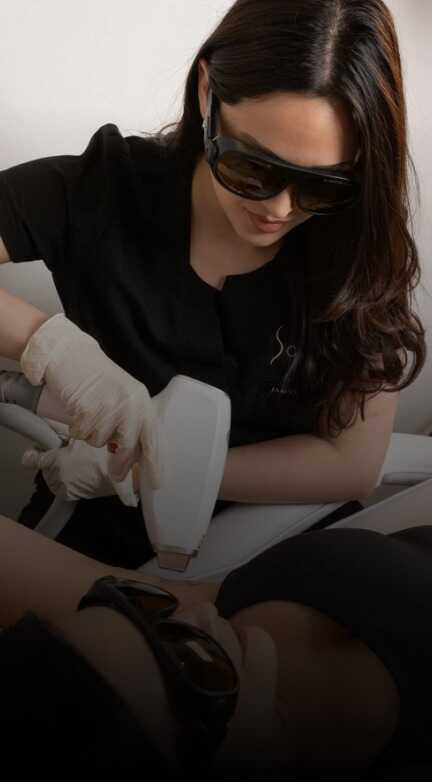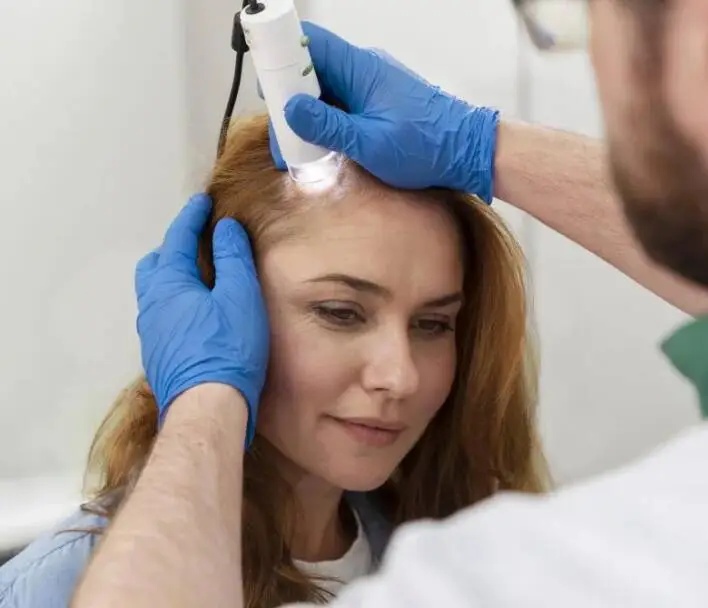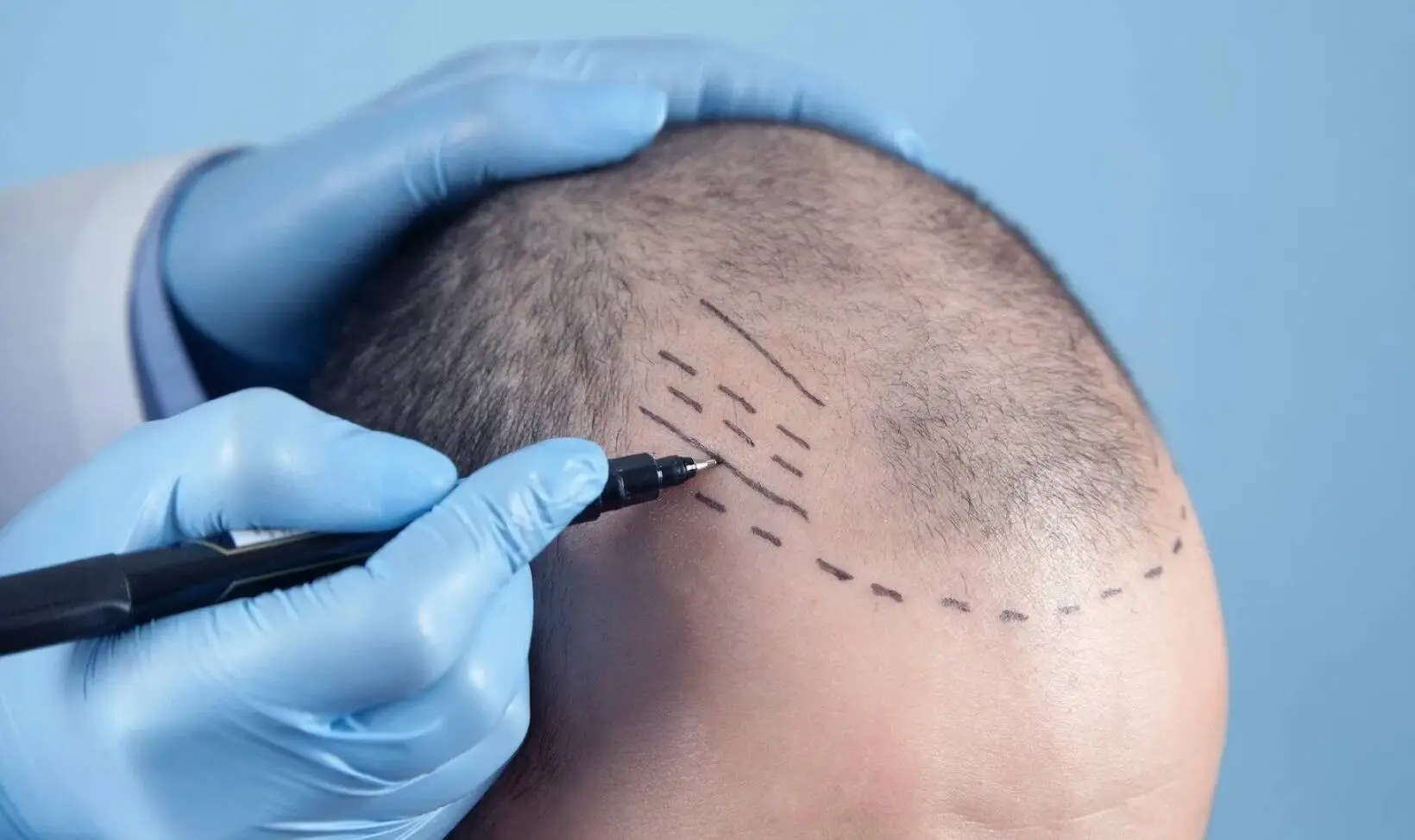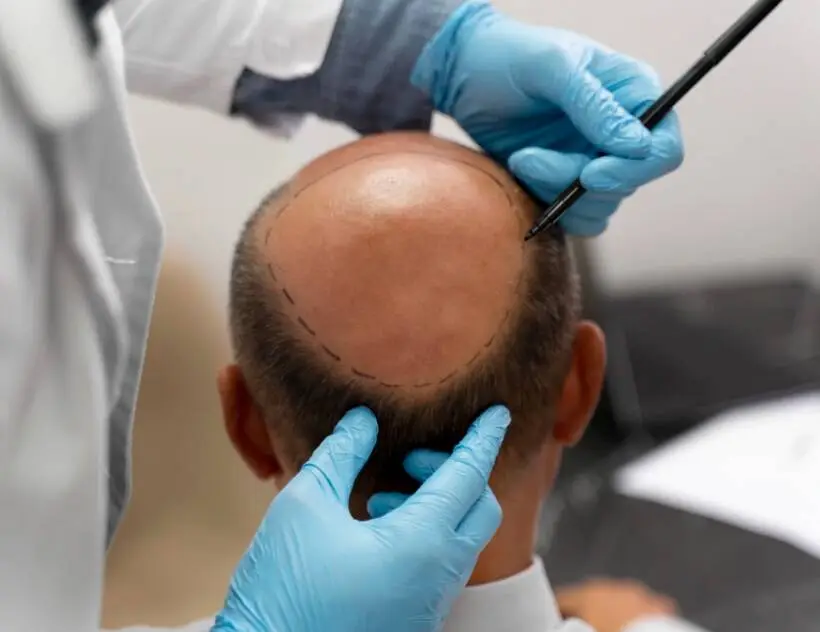

Hair loss can take a toll on your confidence and self-esteem, making you feel older than you are. At Phoenix Cosmetic Centre, we understand the impact of baldness, which is why we offer advanced hair transplantation solutions to restore your natural hairline and rejuvenate your appearance.
Click Here to Discover More and Get Personalized Assistance!
Hair transplant procedures can benefit a variety of individuals experiencing hair loss, including:
Ideal candidates should have sufficient donor hair and realistic expectations about the outcomes of the procedure.

In FUE hair transplant, individual hair follicles are harvested from the donor area and transplanted into the thinning or balding area. This technique ensures natural results with minimal scarring, making it ideal for clients who prefer short hairstyles.
FUT involves removing hair-bearing skin strips from the donor area and implanting individual follicular units into the recipient area. Doctors utilizes the latest Trichophytic Closure Technique to minimize scarring and ensure natural hair growth through the scar.
Both FUE and FUT techniques have their advantages, and the choice depends on factors such as graft requirement and patient preferences. With personalized care and advanced techniques, we strive to deliver optimal results and enhance your confidence.
A modification of the FUE technique, DHI involves the use of a pen-like tool that allows for simultaneous extraction and implantation of hair follicles. Higher precision, reduced handling of grafts, quicker implantation, potentially higher survival rate of follicles.
Pre-Procedure Instructions: You will receive detailed guidelines on how to prepare for the surgery, including medications to avoid and pre-operative care.
Local Anesthesia: Administered to ensure comfort during the procedure.
Harvesting Donor Hair: Depending on the chosen technique (FUT, FUE, DHI), donor hair is harvested.
Graft Preparation: Extracted hair follicles are carefully prepared for transplantation.
Implantation: Follicles are implanted into the thinning or balding areas with precision.
Recovery Instructions: Post-operative care guidelines will be provided to ensure proper healing and optimal results.
Follow-Up Appointments: Scheduled to monitor progress and address any concerns.
Initial Growth: New hair growth typically begins within a few months, with significant improvement visible in 6-12 months.
Long-Term Outcome: Full results can be appreciated after a year, showcasing a fuller, natural-looking head of hair.
Natural-Looking Results: Advanced techniques ensure that the transplanted hair blends seamlessly with existing hair.
Permanent Solution: Transplanted hair is typically resistant to the factors causing hair loss in other areas of the scalp.
Minimally Invasive: Modern methods such as FUE and DHI reduce downtime and scarring.
Boost in Confidence: Improved appearance and restoration of hair can significantly enhance self-esteem.


We've got you covered! Explore our FAQ section for a smooth experience.
A good candidate for hair transplant surgery is someone who has significant hair loss or thinning, typically due to male or female pattern baldness. Candidates should have healthy hair growth at the back and sides of the head to serve as donor areas. It's also important to have realistic expectations and be in good general health.
The main hair transplant techniques available are Follicular Unit Extraction (FUE) and Follicular Unit Transplantation (FUT). FUE involves extracting individual hair follicles and implanting them in the balding area, while FUT involves removing a strip of scalp from the donor area and transplanting the hair follicles. Dr. Kena Patel will recommend the best technique based on your individual needs.
The typical recovery process involves some swelling and discomfort for a few days. Small scabs will form at the transplant sites and will fall off within a week to ten days. Most patients can return to work within a few days but should avoid strenuous activities for a couple of weeks. Full recovery and the growth of new hair can take several months.
Potential risks and complications include infection, bleeding, scarring, and unnatural-looking hair growth. There may also be a risk of "shock loss," where transplanted hair falls out initially before regrowing. Dr. Kena Patel will discuss all potential risks and how to minimize them during your consultation.
Yes, the transplanted hair is typically permanent. The hair follicles are taken from areas of the scalp that are genetically resistant to balding and are transplanted to areas of thinning or baldness. Once transplanted, the hair will grow naturally and should last a lifetime.
The expected results are a fuller, more natural-looking head of hair. The final results can be seen after 6 to 12 months as the transplanted hair grows and thickens. Individual results can vary based on the extent of hair loss and the type of procedure performed.
Yes, hair transplant surgery is considered a long-term solution for hair loss. The transplanted hair follicles are resistant to the effects of DHT, the hormone responsible for hair loss, making the results long-lasting.
The cost of hair transplant surgery varies based on the extent of hair loss, the technique used, and the number of grafts required. At Phoenix Cosmetic Centre, we provide personalized cost estimates during your consultation. Generally, the cost ranges from ₹40,000 to ₹1,50,000 or more.
Aftercare includes keeping the scalp clean and avoiding direct sunlight, strenuous activities, and scratching the transplant area. Follow-up appointments are essential to monitor progress. Using mild shampoos, avoiding smoking and alcohol, and following a healthy diet can also help maintain the health of your transplanted hair.
Click Here to Discover More and Get Personalized Assistance!
Explore a wider range of procedures to enhance your beauty.
It is a long established fact that a reader will be in her the. It is a long established It It is a long It It is a long established fact that a reader will be in her the.